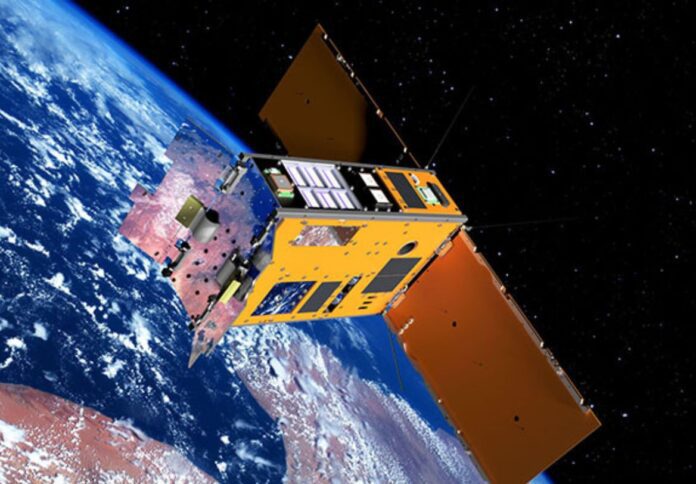
A University of Melbourne-led satellite mission has passed tests to verify its performance and capabilities to withstand the harsh environment of space and is now on its way to the Vandenberg Space Force Base in California for lift-off.
Backed by the Australian Space Agency, the Space Industry Responsive Intelligent Thermal (SpIRIT) nanosatellite is expected to be blasted into orbit 550km above the Earth on a Space X Falcon-9 rocket later this year.
The Australian-made SpIRIT will be 30cm-long during launch but will place into orbit solar panels and thermal radiators nearly a metre long.
SpIRIT was developed through a co-funded consortium led by the Melbourne Space Laboratory and the University of Melbourne with the cooperation of the Italian Space Agency and the Italian National Institute of Astrophysics. It also received support from Australian partners, including Inovor Technology, Neumann Space, Sitael Australia, and Nova Systems.
SpIRIT is the first Australian satellite to carry a foreign space agency’s scientific instruments as its main payload— the Italian Space Agency’s HERMES X-ray detector to search for gamma rays, which are created when stars die or collide and for a moment emit more energy than an entire galaxy.
The Australian nanosatellite will be part of a network of six satellites looking for the elusive rays as part of the HERMES Scientific Pathfinder Constellation mission.
“We are excited to combine the data expected from HERMES on SpIRIT with those from twin instruments on the ASI HERMES CubeSat constellation, to be launched in the near future. This cooperation with the University of Melbourne will enhance the global scientific return for the Italian community in investigating the highest energy phenomena of the universe,” said Dr Theodor Valente, president of the Italian Space Agency.
The SpIRIT mission will also test a University of Melbourne thermal control system, which is designed to allow nanosatellites to host sensitive instruments that require precise temperature control that otherwise could only fly on satellites 10 times heavier.
The 11.5kg nanosatellite is designed with a CubeSate framework and is the first Australian-made scientific satellite in space since the 58 kg microsatellite, which launched 21 years ago. It is equipped with cameras, including a selfie stick, guidance systems, an electric propulsion thruster, and computers.
After its launch in California, the mission’s team will spend four months testing and commissioning the satellite in the extreme conditions before the full operations begin.
“There is a growing role for big science in smaller craft, and in understanding the universe or relaying information around the world several small satellites can be more competitive than one big one. It will take time, but I’m looking forward to receiving images and scientific data back from SpIRIT. However, it is already an incredible achievement just to go through the full satellite development cycle,” said Professor Michele Trenti of the University of Melbourne, the principal investigator of the SpIRIT mission.
The satellite is intended to work for approximately two years before returning to Earth to burn up on re-entry.




















